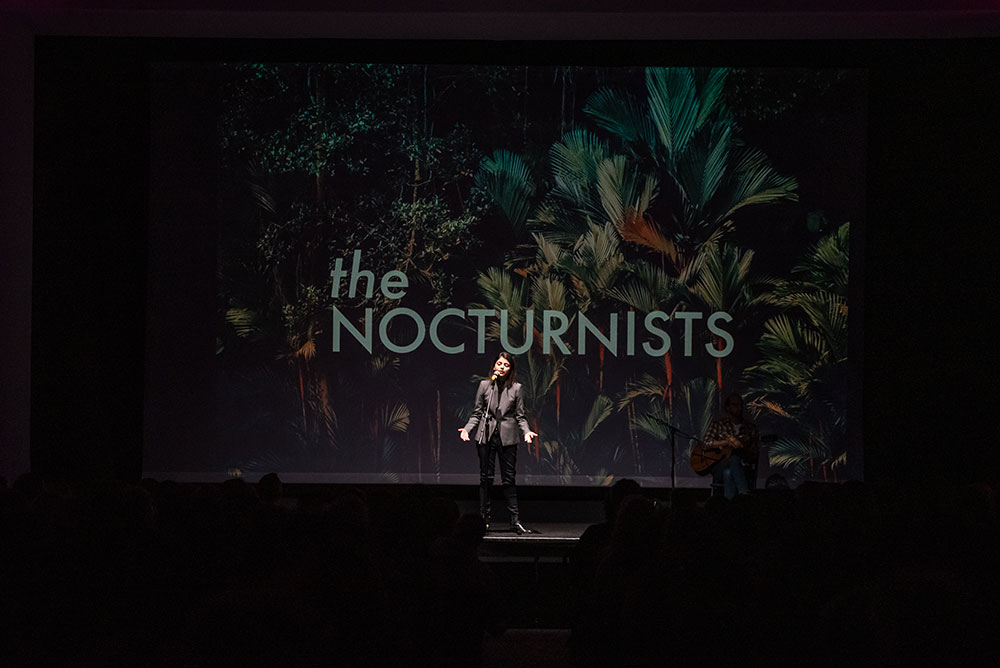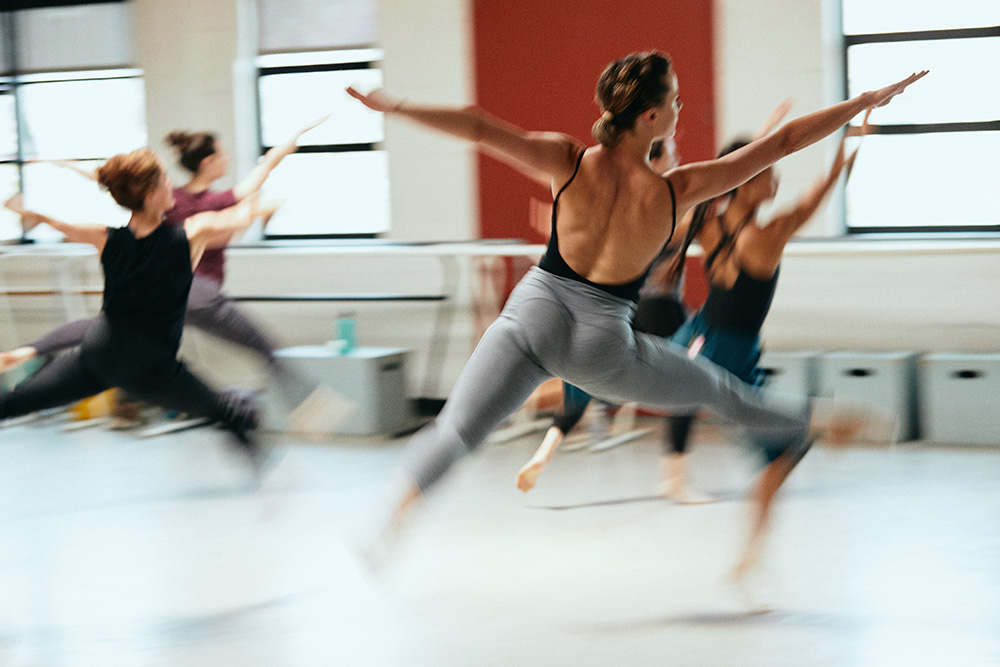Sun April 28th Open 11 AM–5 PM
Young performers celebrate the legacy of the Nineteenth Amendment in Rightfully Ours
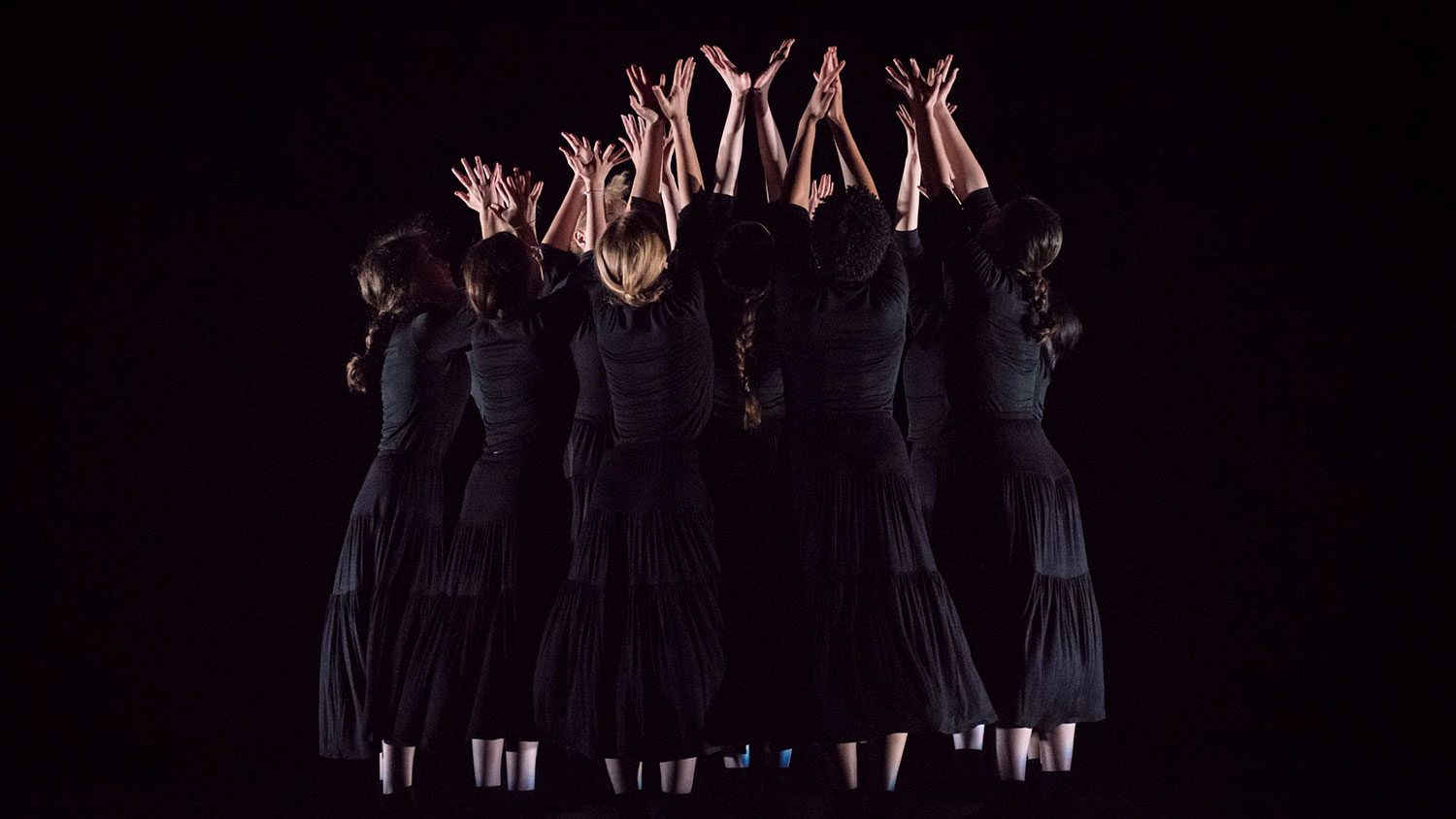
Inspired by the one hundredth anniversary of the suffragist movement, Rightfully Ours is an original, fully staged choral music and dance production created in a unique collaboration between San Francisco Girls Chorus and Berkeley Ballet Theater. This one-night-only performance celebrates the legacy of the women who fought for the passage of the Nineteenth Amendment to the US Constitution, which guarantees women the right to vote, and explores the current movements for human rights.
Led by SFGC artistic director Valérie Sainte-Agathe and BBT artistic director Robert Dekkers, more than twenty-five dancers and forty singers will share the stage. They will perform eight new pieces of choreography created for BBT’s Studio Company, each one set to a choral work by a different composer, including two world premieres created especially for SFGC.
How did the collaboration between SFGC and BBT come about?
Robert Dekkers: I first saw SFGC onstage with Kronos Quartet in a performance of Sahba Aminikia’s moving score Music of Spheres. I asked Andy Meyerson, Post:Ballet’s music director and codirector of the Living Earth Show, if he could connect me with Valérie to discuss the possibility of creating a new work to that score in collaboration with SFGC.
Valérie Sainte-Agathe: I went to the East Bay to observe Robert teaching class at BBT, and was immediately struck by the expressivity and depth of the young dancers. I was impressed by the authenticity, discipline, and direct approach in his teaching with teenagers. Robert came to a SFGC rehearsal, and then we started dreaming together.
How did you decide to focus on the topic of women’s rights?
RD: Our initial conversation about creating a dance and choral collaboration to the Music of Spheres score evolved into a discussion about the 2020 centennial of the passage of the Nineteenth Amendment. We both feel that this anniversary marks a unique opportunity to honor all who have come before us in the fight for equality and justice, while also providing a moment to reflect on all the work that still lies ahead for the next generation.
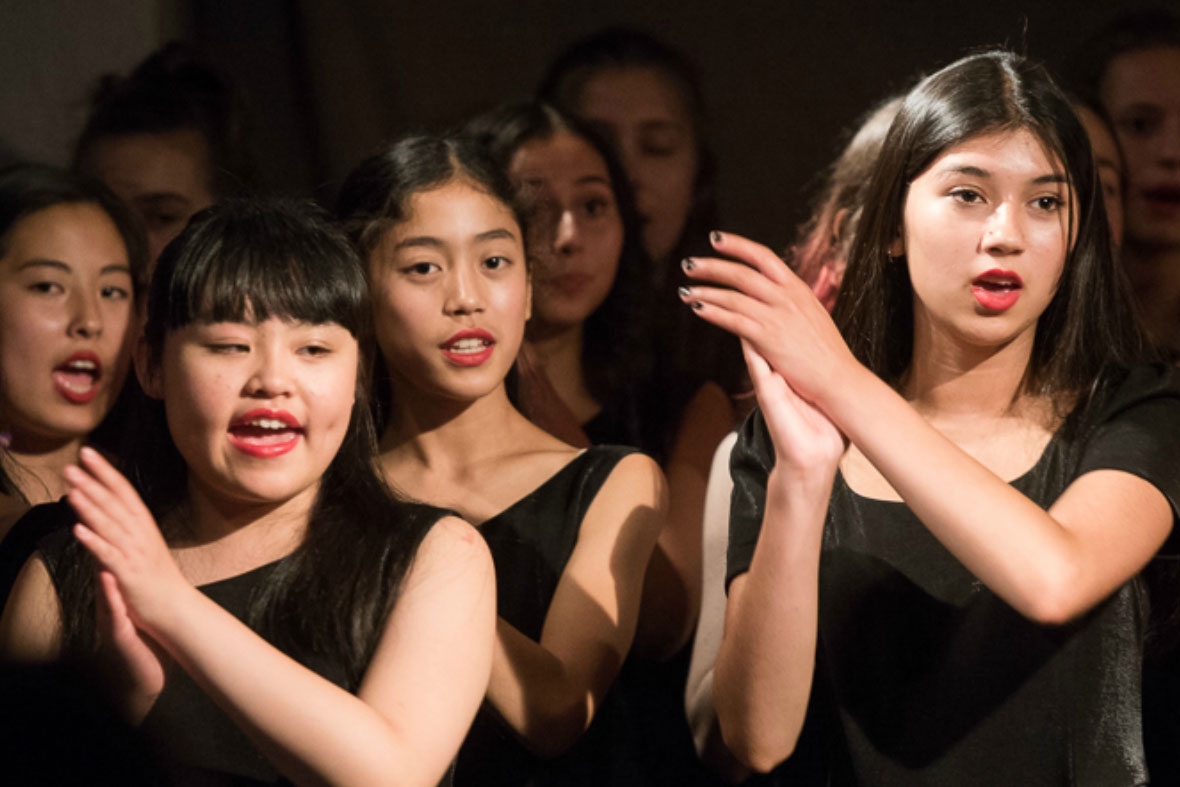
What do you see as the intersection between the legacy of those women who fought for the passage of the Nineteenth Amendment and the current movements for human rights?
VSA: I am an optimist by nature, but also a fighter. Our mothers and grandmothers fought so much for us, and sometimes we think the job is done. We have to be vigilant, we have to share our opinions, we have to vote, and we have to keep a rebel spirit. We shouldn’t be silent followers, ever.
Rightfully Ours features works by eight different composers, each set to new movement from local choreographers. How did you select the collaborators for this performance?
VSA: Robert and I purposefully chose works from living composers. It was important for us to have our performers be the interpreters of contemporary visions, and bring to the stage their concerns and their hopes with strength, humility, and power. I chose composers who would write specifically for young artists with a special instrument: the teenage voice.
RD: We landed on a repertoire of new and existing SFGC choral works and a team of exceptional choreographers who collectively celebrate the power and potential of these young artists to change our world for the better.
VSA: The Living Earth Show will accompany SFGC in Angélica Negrón’s new work I Shouldn’t Be Up Here, and Amaranth Quartet will accompany the choristers in Sahba Aminikia’s Music of Spheres. All the other works will be performed by SFGC a cappella, supporting the BBT dancers. Such an intricate collaboration requires patience, understanding, and mutual respect. It obliges you to consider the performance from different points of view.
In creating Rightfully Ours, SFGC commissioned two composers for new works: Angélica Negrón, composer in residence for SFGC, and Aviya Kopelman, composer in residence for the Jerusalem Symphony Orchestra. What are they creating around the theme?
VSA: I have long been intrigued by Angélica Negrón’s musical approach, and wanted to experiment with unique sounds. Her piece I Shouldn’t Be Up Here gives the choristers the opportunity to scream out frustrations and call for action. When Aviya Kopelman and I first discussed her commission, we talked about incorporating text in the work and decided to use part of Khalil Gibran’s poem “Your Children Are Not Your Children.” I like the idea that we want to protect our children so much, we give them so much, and we also expect so much from them. But actually, the best gift we can give them is to let them be who they want; to step back, trust them, and see.
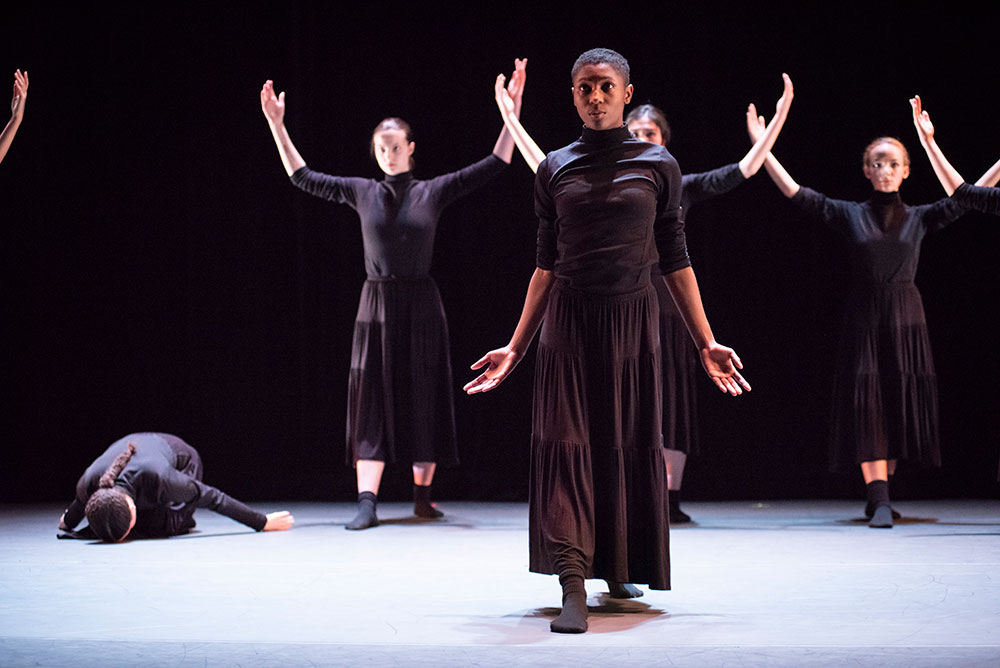
What is unique about this collaboration between SFGC and BBT? Why is it important to bring young voices to the stage?
VSA: For both SFGC and BBT, there is a high artistic level that is not necessarily expected from teenagers. It is impressive to see a group of nearly seventy teenagers owning the stage and driving a performance with such energy and independence. This performance is a collaboration between two youth ensembles and several professional artists, including Amaranth Quartet, the Living Earth Show, and dancers from Post:Ballet. To me, this is what art education should look like all the time. Our young artists have the talent to be on the professional stage, and all those artists are nurturing one another.
RD: The dancers and choristers performing in this collaboration have something powerful to share—a perspective that reflects their unique position as the generation that will inherit an unprecedentedly interconnected and fragile world. Providing these teenage artists with the agency to speak out with their bodies and voices is so important right now, as these young people will be the ones who must find solutions to climate change, immigration, gun control, and other global crises that threaten our society and our planet.
VSA: I am really impressed by the young generation, and how they are able to go out in the streets and ask for change. We often ignore or underestimate the power and strength of children and young people. But I think it is important for our young women to realize that we are stronger together than alone. I hope they will bring this sense of partnership, understanding and empathy to their lives on a day to day basis.
Why is representation so important today?
VSA: Representation is the only way to move forward. I have been working with young singers for twenty-five years, and now some of my former students are professionals. Recently I heard from one of them, a young woman, who is starting a career in France as an orchestra conductor. She mentioned that she never questioned if this career was possible for her as a woman. She had a female conductor during her entire training, so it was natural for her. To visualize yourself in a position, you need to see it as a possibility. We have to facilitate this for our children. Later will be too late.
